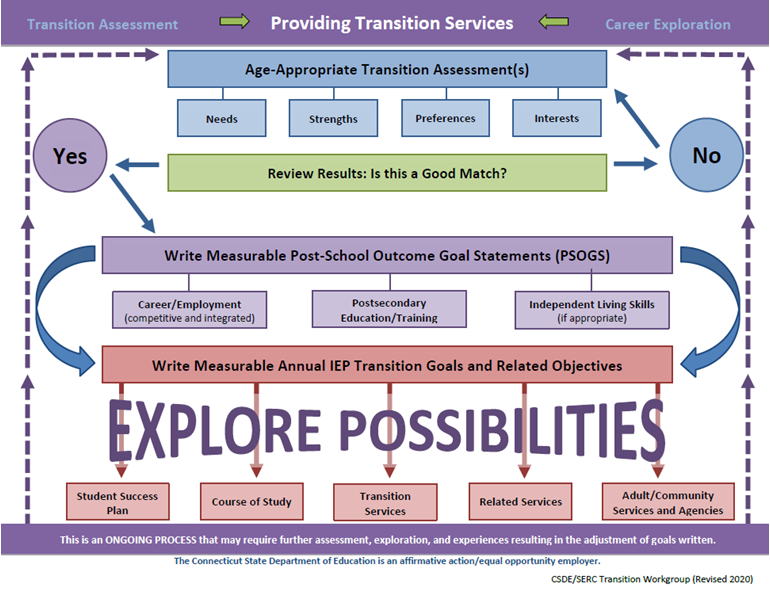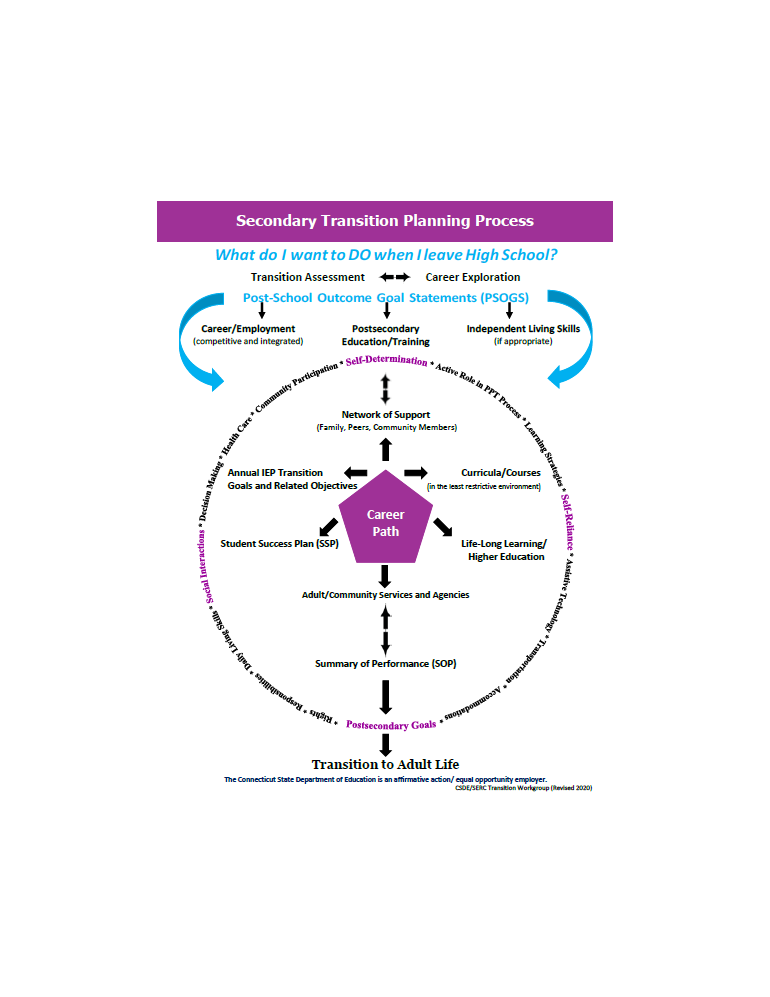Secondary Transition - Planning from School to Adult Life
Pursuant to Section 300.1, one of the purposes of the Individuals with Disabilities Education Act (IDEA, 2004) is to ensure that all children with disabilities have available to them a free appropriate public education (FAPE) that emphasizes special education and related services designed to meet their unique needs and prepare them for further education, employment, and independent living.
IDEA Eligibility
Pursuant to Public Act 23-137, which amends subsection (b) of Section 10-76d of the Connecticut General Statutes (CGS), effective July 1, 2023, all students remain eligible for special education services under the IDEA through the end of the school year during which the student turns age 22, or until the student graduates from high school with a regular high school diploma, whichever occurs first. Pursuant to CGS § 10-259, the school year is defined as July 1 through June 30.
- CSDE Memorandum: Updated Guidance Regarding Public Act 23-137 Extending IDEA Eligibility Through the End of the School Year during which a Student Turns Age 22 (November 16, 2023)
- CSDE Memorandum: Public Act 23-137 Extends IDEA Eligibility through the End of the School Year during which a Student Turns Age 22 (July 14, 2023)
Transition Services Requirements
Pursuant to state statute, effective July 1, 2021, transition services are required for each child requiring special education beginning not later than the first individualized education program (IEP) to be in effect when such child turns 14 years of age, or younger if determined appropriate by the planning and placement team (PPT), and updated annually thereafter.
The IEP shall include (A) Appropriate measurable postsecondary goals based upon age appropriate transition assessments related to training, education, employment, and, where appropriate, independent living skills; and (B) the transition services, including courses of study, needed to assist such child in reaching those goals.
Transition Services means a coordinated set of activities for a child with a disability that:
- Is designed to be within a results-oriented process, focused on improving the academic and functional achievement of the child with a disability to facilitate the child’s movement from school to post-school activities, including postsecondary education, vocational education, integrated employment (including supported employment), continuing and adult education, adult services, independent living, or community participation; and
- Is based on the individual child’s needs, taking into account the child’s strengths, preferences, and interests and includes:
- instruction;
- related services;
- community experiences;
- the development of employment and other post-school adult living objectives; and
- if appropriate, acquisition of daily living skills and provision of a functional vocational evaluation.
Transition services for children with disabilities may be special education, if provided as specially designed instruction, or a related service, if required to assist a child with a disability to benefit from special education.
PPT Membership for Secondary Transition Services
For PPT meetings where a purpose of the meeting is the consideration of the postsecondary goals for the student and the transition services needed to assist the student in reaching those goals, the District will invite the student with a disability, and with the consent of the parents, a representative of any participating agency that is likely to be responsible for providing transition services, to attend the student’s PPT meeting. If the student does not attend the PPT meeting, the District will take other steps to ensure that the child’s preferences and interests are considered.

Alternate text version of providing secondary transition services flow chart (2020)
Proporcionar Servicios de Transición (2020)

Alternate text version of secondary transition services planning process (2020)

